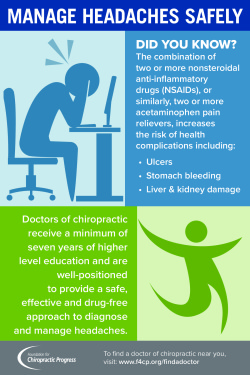Prepare Yourself To Delve Into The Interesting Globe Of Cellular Interactions In Cold Laser Therapy And Exactly How It Utilizes Light To Assist In Recovery. Take A Much Deeper Study The Clinical Elements!
Prepare Yourself To Delve Into The Interesting Globe Of Cellular Interactions In Cold Laser Therapy And Exactly How It Utilizes Light To Assist In Recovery. Take A Much Deeper Study The Clinical Elements!
Blog Article
Personnel Author-Walls Bartlett
You may have become aware of cold laser treatment as a promising treatment alternative for different problems, however have you ever before asked yourself exactly how it actually works on a cellular degree? Comprehending the systems behind this treatment can clarify its efficiency in advertising healing and minimizing inflammation. By exploring the science behind cold laser treatment, you'll get understandings into the interesting ways in which light can influence mobile procedures and assist in cells repair work.
How Cold Laser Therapy Functions
To comprehend how cold laser treatment functions, you require to comprehend the fundamental concepts of how light energy engages with biological cells. Cold laser therapy, also referred to as low-level laser therapy (LLLT), utilizes specific wavelengths of light to pass through the skin and target hidden tissues. Unlike the extreme lasers used in surgeries, cold lasers give off reduced levels of light that don't create heat or cause damage to the cells.
When https://www.everydayhealth.com/wellness/red-light-therapy/guide/ reach the cells, they're soaked up by parts called chromophores, such as cytochrome c oxidase in mitochondria. This absorption sets off a collection of biological responses, including boosted cellular energy production and the launch of nitric oxide, which enhances blood flow and lowers swelling.
Moreover, the light energy can additionally promote the manufacturing of adenosine triphosphate (ATP), the power money of cells, aiding in mobile repair work and regeneration processes.
Essentially, cold laser therapy takes advantage of the power of light energy to advertise recovery and ease discomfort in a non-invasive and mild fashion.
Devices of Action
Exactly how does cold laser therapy actually function to produce its healing effects on organic cells?
Cold laser treatment, likewise referred to as low-level laser therapy (LLLT), operates via a procedure known as photobiomodulation. When the cold laser is applied to the skin, the light power passes through the cells and is soaked up by chromophores within the cells.
These chromophores, such as cytochrome c oxidase in the mitochondria, are after that stimulated by the light energy, causing a cascade of organic responses. https://lowlevellasertherapy84937.thenerdsblog.com/39623451/explore-the-possibility-of-cold-laser-therapy-in-handling-both-severe-and-persistent-injuries-as-this-focused-healing-technique-has-the-capability-to-change-your-healing-process of activity is the improvement of mobile metabolic process.
The soaked up light power enhances ATP production in the mitochondria, which is crucial for cellular function and fixing. Furthermore, cold laser treatment aids to lower inflammation by inhibiting inflammatory moderators and promoting the release of anti-inflammatory cytokines.
This anti-inflammatory effect contributes to pain alleviation and tissue recovery.
Restorative Results
Comprehending the therapeutic results of cold laser therapy involves identifying how the enhanced mobile metabolic process and anti-inflammatory homes contribute to its favorable end results on biological tissues.
When the cold laser is related to the affected location, it boosts the mitochondria within the cells, bring about increased manufacturing of adenosine triphosphate (ATP), which is critical for cellular function and fixing. This increase in mobile power accelerates the healing procedure by advertising tissue regrowth and lowering inflammation.
Additionally, the anti-inflammatory properties of cold laser therapy help to reduce pain and swelling in the targeted area. By hindering inflammatory conciliators and promoting the release of anti-inflammatory cytokines, cold laser therapy help in alleviating pain and improving the overall recovery feedback.
This reduction in inflammation not only offers instant alleviation yet additionally supports long-lasting cells fixing.
Conclusion
To conclude, cold laser therapy works by stimulating mobile repair service and tissue regeneration with photobiomodulation. Its anti-inflammatory properties provide discomfort relief and reduce swelling by preventing inflammatory moderators.
This treatment offers an extensive technique to healing, supplying both prompt alleviation and lasting tissue repair work benefits.
Via its devices of activity, cold laser therapy proves to be a reliable and promising treatment alternative for a variety of problems.
